
September 27, 2023: Theatre Yesterday and Today, by Ron Fassler
By chance last month, I was seated at a small table at the nightclub 54 Below with two gentlemen of the theatre whom I’d never met. One was Mitchell Bloom and the other Douglas Colby, both born raconteurs. Before the show began we started chatting like a house afire and it was obvious after we parted ways that the conversation had only just begun. Mitchell went right out and purchased Up in the Cheap Seats and we began texting one another.
Yesterday, upon Mitchell’s invitation, we met in the lobby of the midtown apartment building where Douglas has resided for many years so that I could view the extensive collection housed there of what constitutes nothing less than a history of Broadway musicals. This museum-like tour of original artwork, costume sketches and preliminary poster drawings that adorn every available inch of wall space (some even not so available), make up what can only be called an absolute marvel.
From 5:00 to 7:15 pm, Douglas gave a non-stop narration of the entire collection, culled together over a great many years. Some items gifted, some bartered, some bought at auction, and some found in thrift stores, it’s a dazzling array of artwork that at times left me breathless. Alongside Mitchell, our combined thoughts and observations made for a unique, one-of-a-kind experience. I was humbled when Douglas commented upon my leaving that he thought I was one of the most knowledgeable theatre people he’d ever hosted. Or does a humble person even mention that? Probably not. 😌
It's not only the breadth and depth of the work that astonishes, but the way Douglas has curated it. There’s a method to his madness and each cluster of drawings offer themed stories; stories that Douglas wants told in his own special way. What he offered was like reading a chaptered novel, and like all great books, left me wanting more. Before I even had my coat off, he was asking me what my five favorite musicals are, and it didn’t surprise me that he then showed me everything from scenic design sketches to costume renderings to handmade models of classic set designs that made up four of the five. That list by the way, strictly off the top of my head, included A Chorus Line, Guys and Dolls, 1776, Sweeney Todd and The Music Man (the one Douglas didn't own anything from was 1776—though he'd very much like to).

Not only did this feel like some sort of time machine, allowing me to visit shows I wasn’t fortunate enough to have been alive to see when they first opened, but it felt like certain ghosts were hovering around the room with us. Remember that these are all original artwork (no revivals!), a large majority of which were painted or drawn by the craftspeople themselves. It gave me the same exact feeling as when standing in front of a particular favorite artist like Degas and knowing it was his hand that drew it. Here I was, inches away from costumes sketched by Miles White for Oklahoma, and Cecil Beaton for My Fair Lady and Irene Sharaff for Candide. Or brilliant hand painted renderings for the backdrops used in the scenery for Sweet Charity (Robert Randolph), On the Town (Oliver Smith) and Sunday in the Park with George (Tony Straiges). One of the most arresting of the whole collection was a painting for the finale of Wildcat by Peter Larkin, a fairly unsung genius of a designer. It was a wowzer! (and yes, Lucille Ball’s red hair was prominent).

Then, much to my surprise, came the pièce de résistance. Since this 2 hour and 15 minute tour didn’t even include a bathroom break or stopping for a sip of something, Douglas excused himself for a moment. But it was for no ordinary drink of water. When he returned, he had a suit bag and from within, pulled out a reversable coat. One side was a rather dull period jacket, but when turned inside out, it was a band uniform. Time hadn't been all that kind in that the colors had faded, but of course I knew what it was right away. The first question that tumbled out of my mouth was, “Is it the original?” I mean, it wouldn't mean much to be if it had been made for Eddie Albert or Bert Parks, other Broadway Harold Hills. With a nod, Douglas opened the coat to reveal the name “R. Preston” in the label. This was the design done by Raoul Pène Du Bois for the original production of The Music Man, built for Robert Preston. I felt the hairs on my arms begin to stand upright. Though dulled by time, the material is as old as I am. I was born nine months before the show’s opening night, so we’re both past 66 years. My next question was an easy one, “May I try it on?”
I can’t tell you what a sensation it was. Not only to be wearing something worn by Preston (for anyone who doesn’t know, he’s my idol and the reason I became interested in the theatre), but that it is the iconic bit of clothing he wore for the “76 Trombones” number. If you’ve ever seen Music Man on stage or on film, it’s reversible because while Harold Hill is wearing the coat, he flips it so he can visually transform into the marching band leader inside the Madison High School gymnasium. All I needed to complete it would have been if Douglas owned the hat that Preston punched his fist through in order it sprout the plumed top. The jacket also fit! It reminded me of the one and only time I met Preston and was surprised that he wasn't particularly tall. Since he loomed so great in my professional subconscious, I'd made him larger than he really was (he was 5' 10"). But he had that big head and an enormous smile and how could he ever have been anything less than a giant to me?

So, thank you Douglas Colby, for fulfilling something that wasn’t even on my bucket list. On my own personal bookshelves are a good many hardcovers featuring the works of theatre design immortals like Boris Aronson, Ming Cho Lee, Donald Oenslager and Jo Mielziner. Seeing them brought to life was a rich experience.
Ron Fassler is the author of Up in the Cheap Seats: A Historical Memoir of Broadway, available at Amazon.com in hardcover, softcover and e-book. To receive all future columns like these by email, hit the blue FOLLOW button above and feel free to comment below or write me at Ron@ Ronfassler.org.

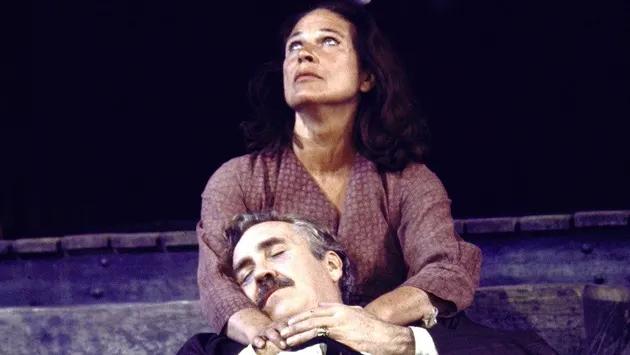
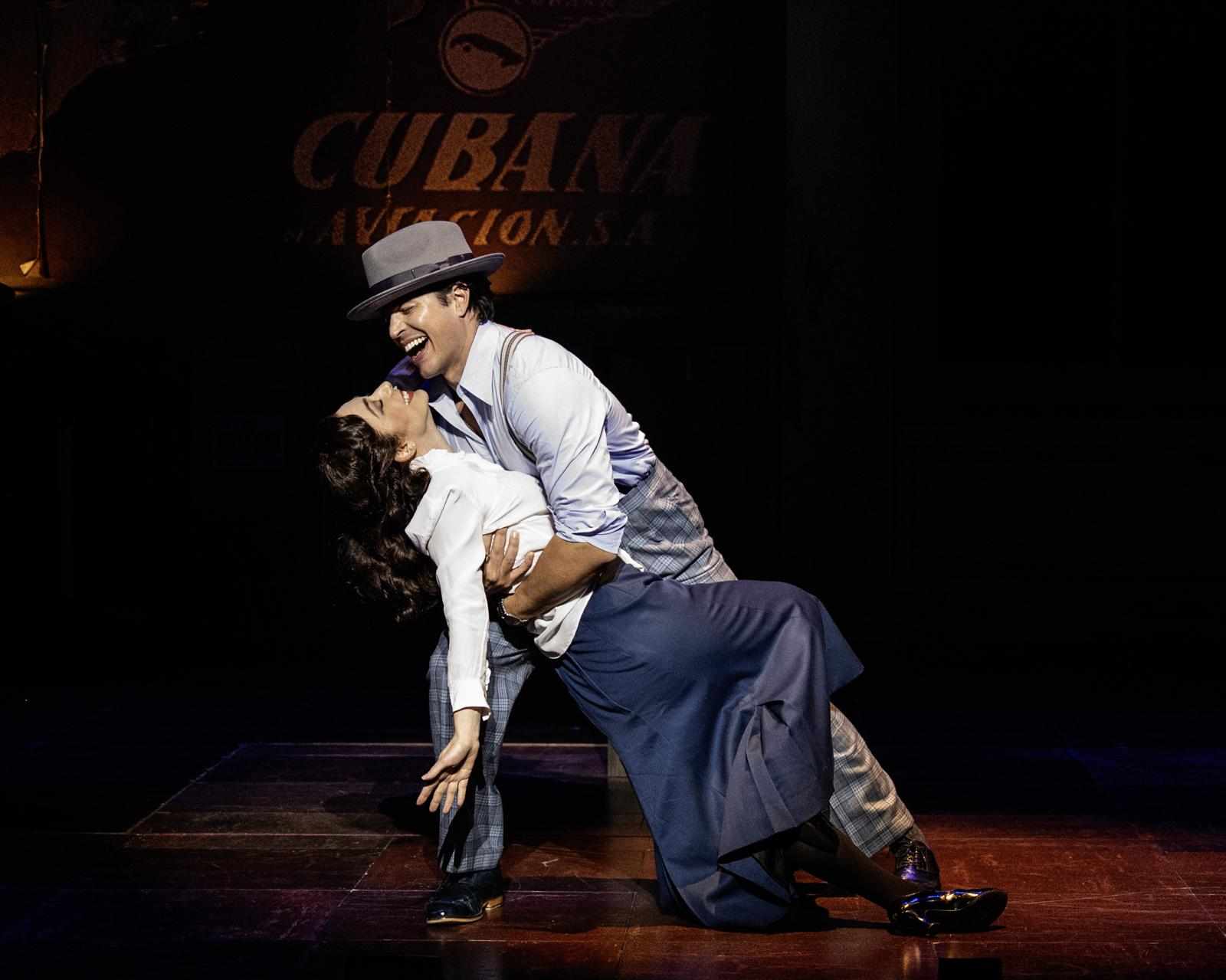
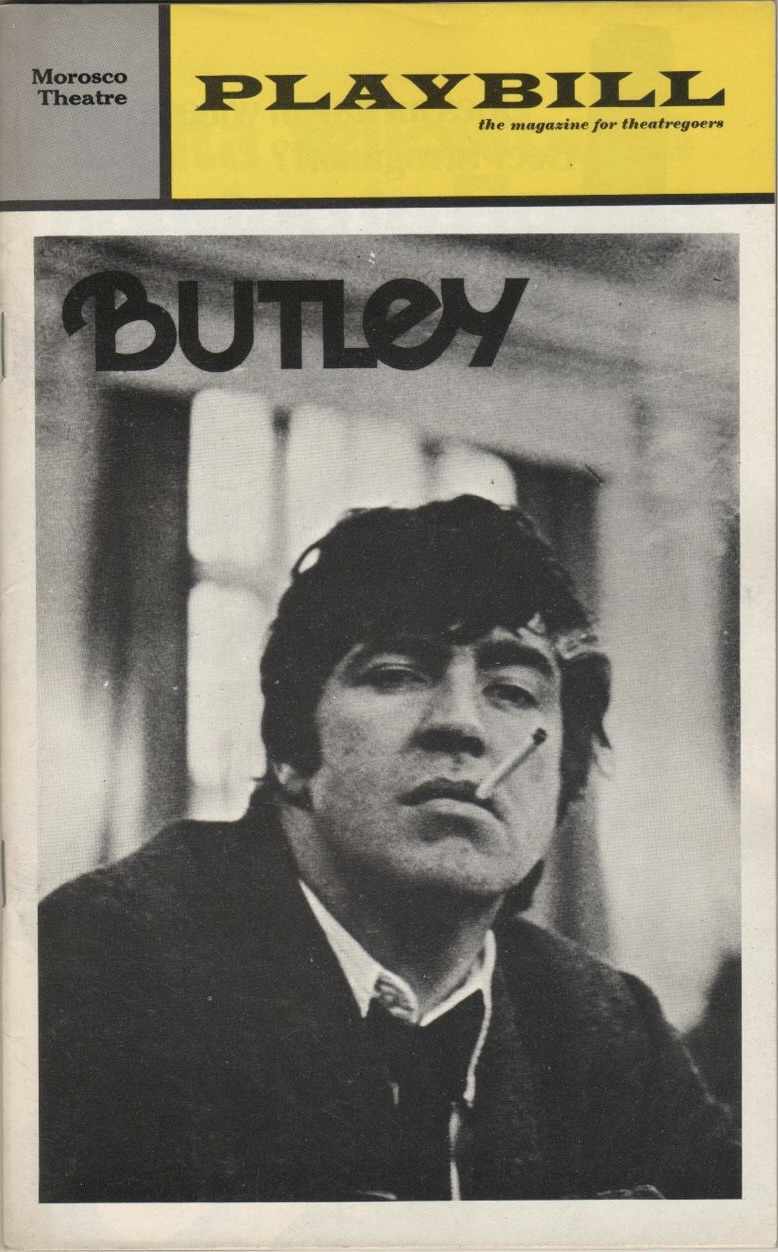
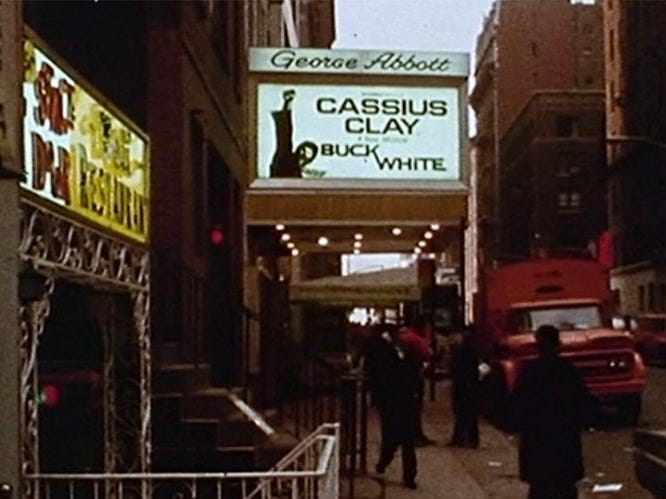

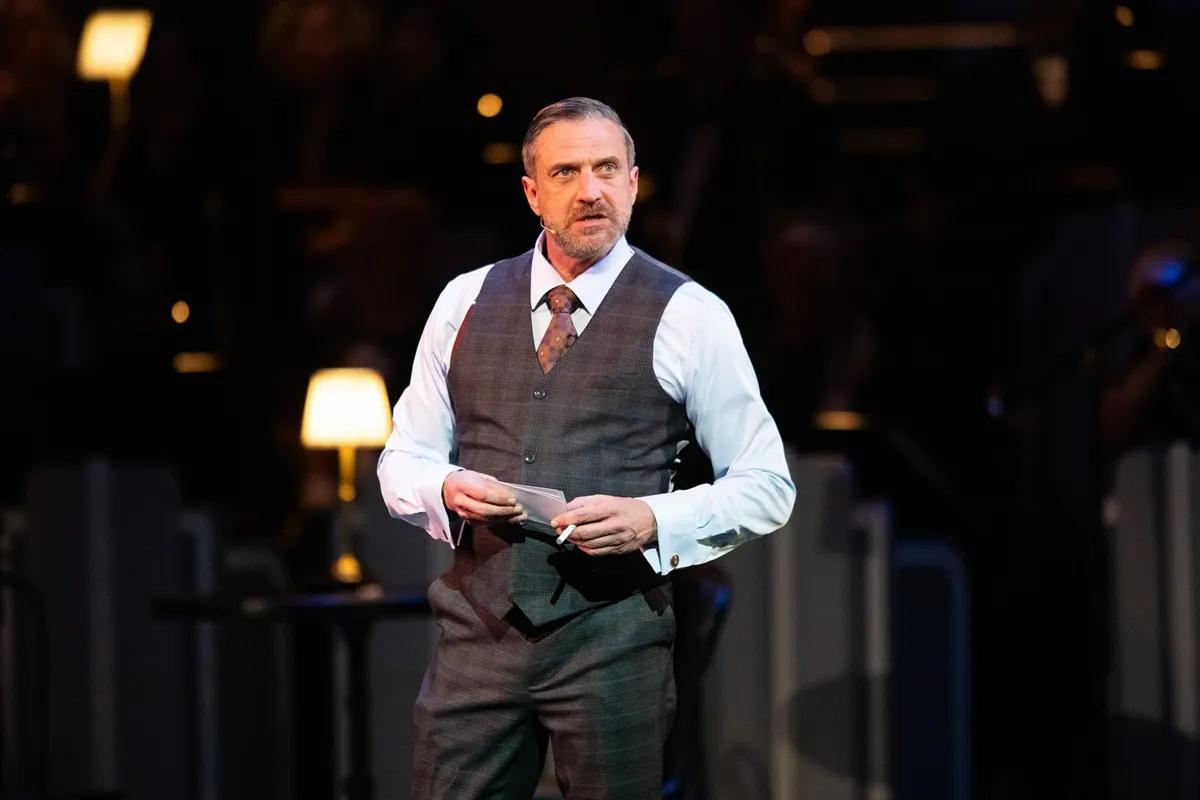
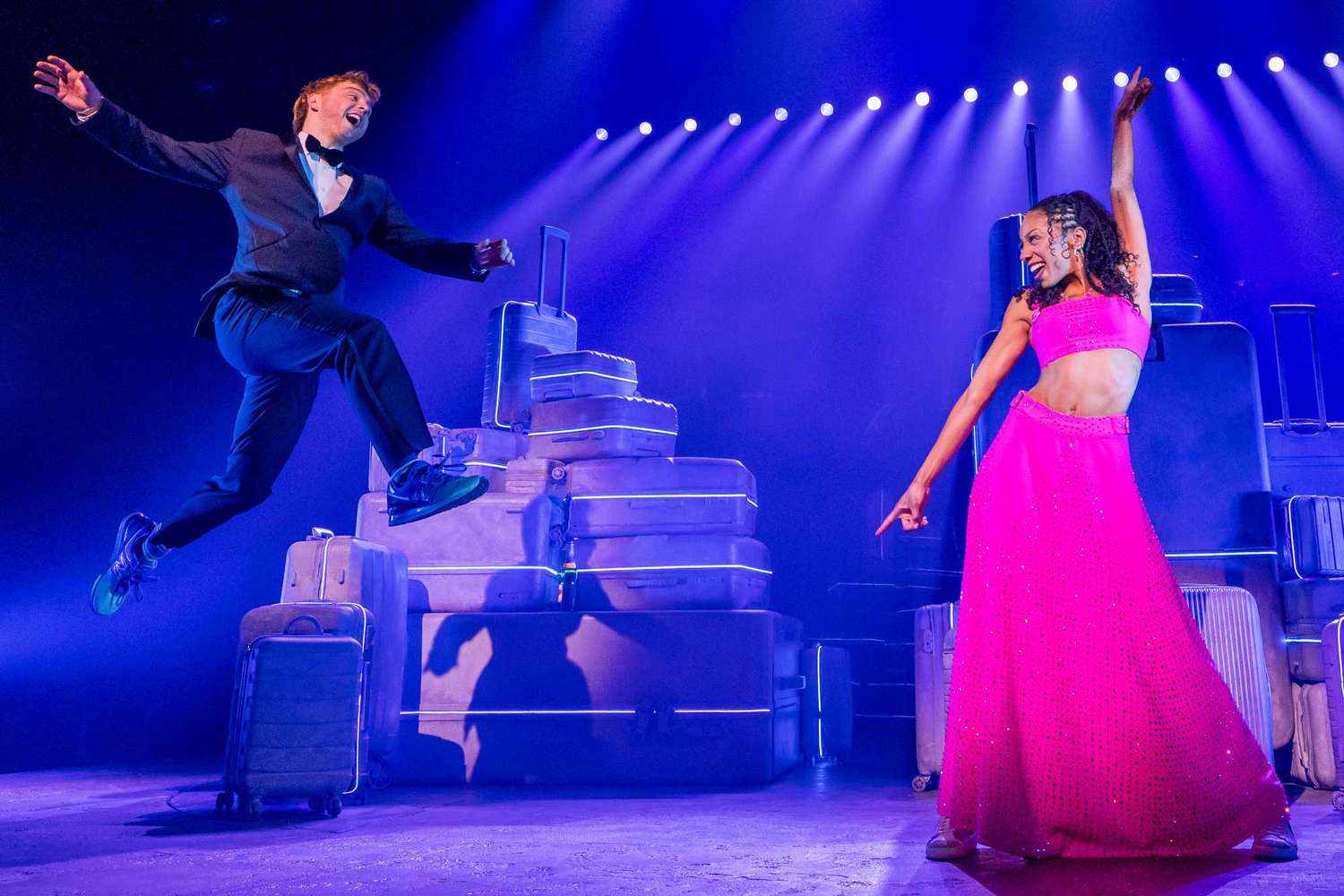
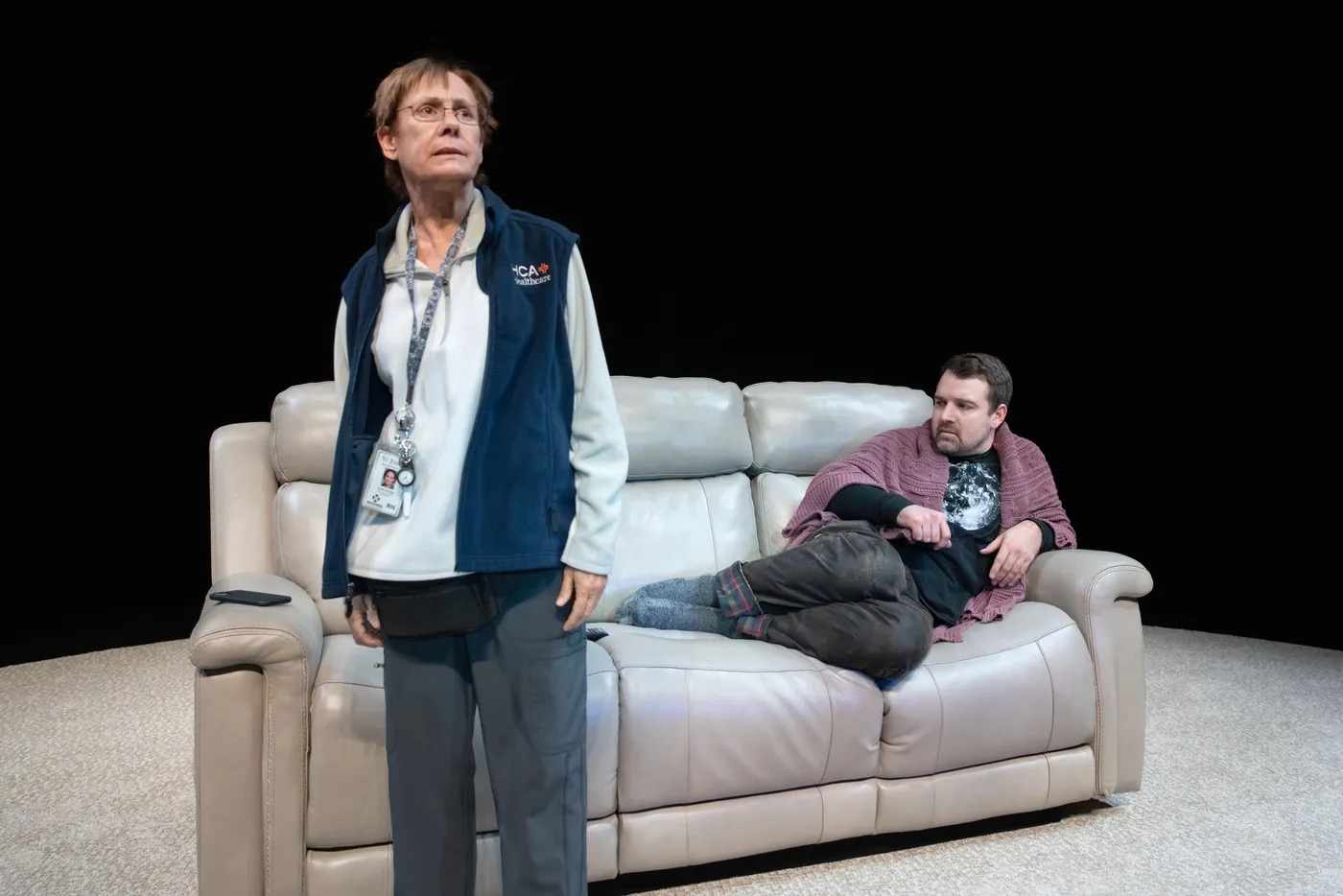


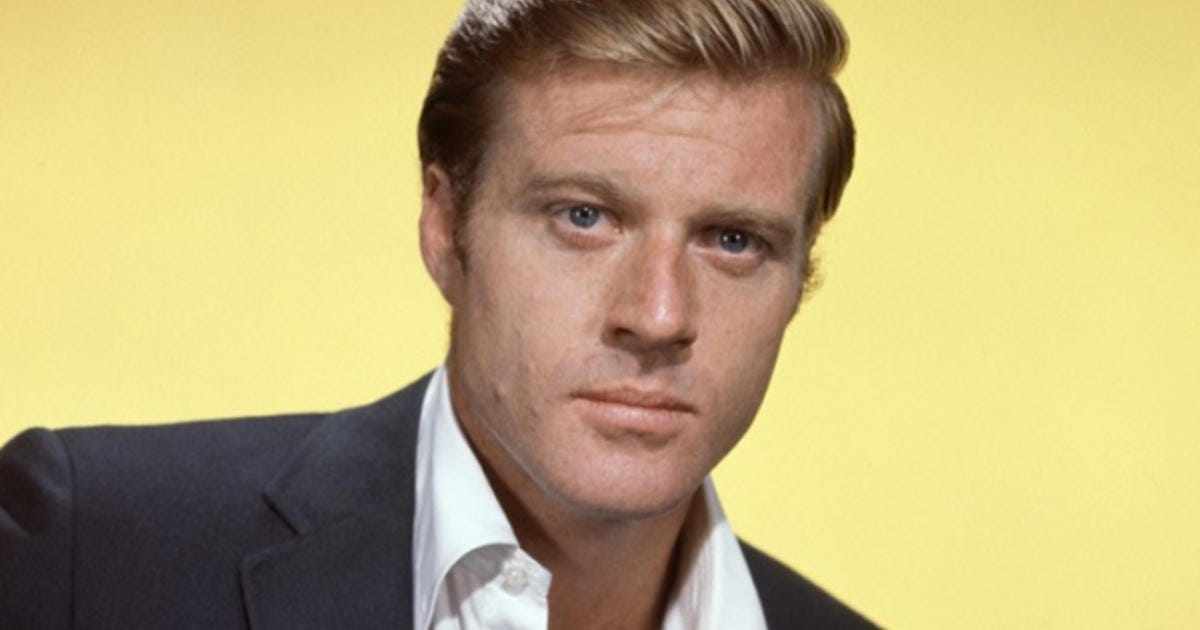
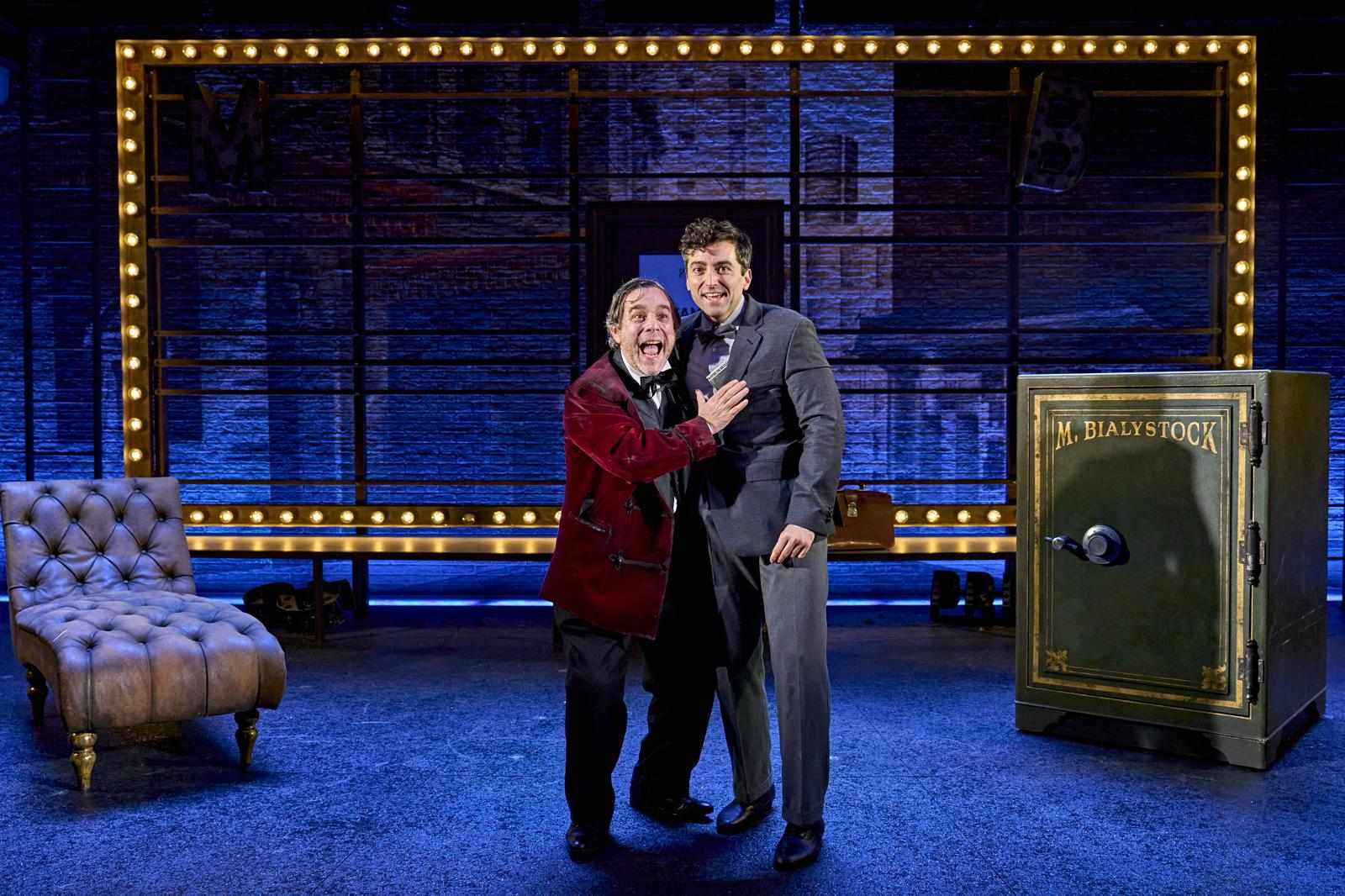
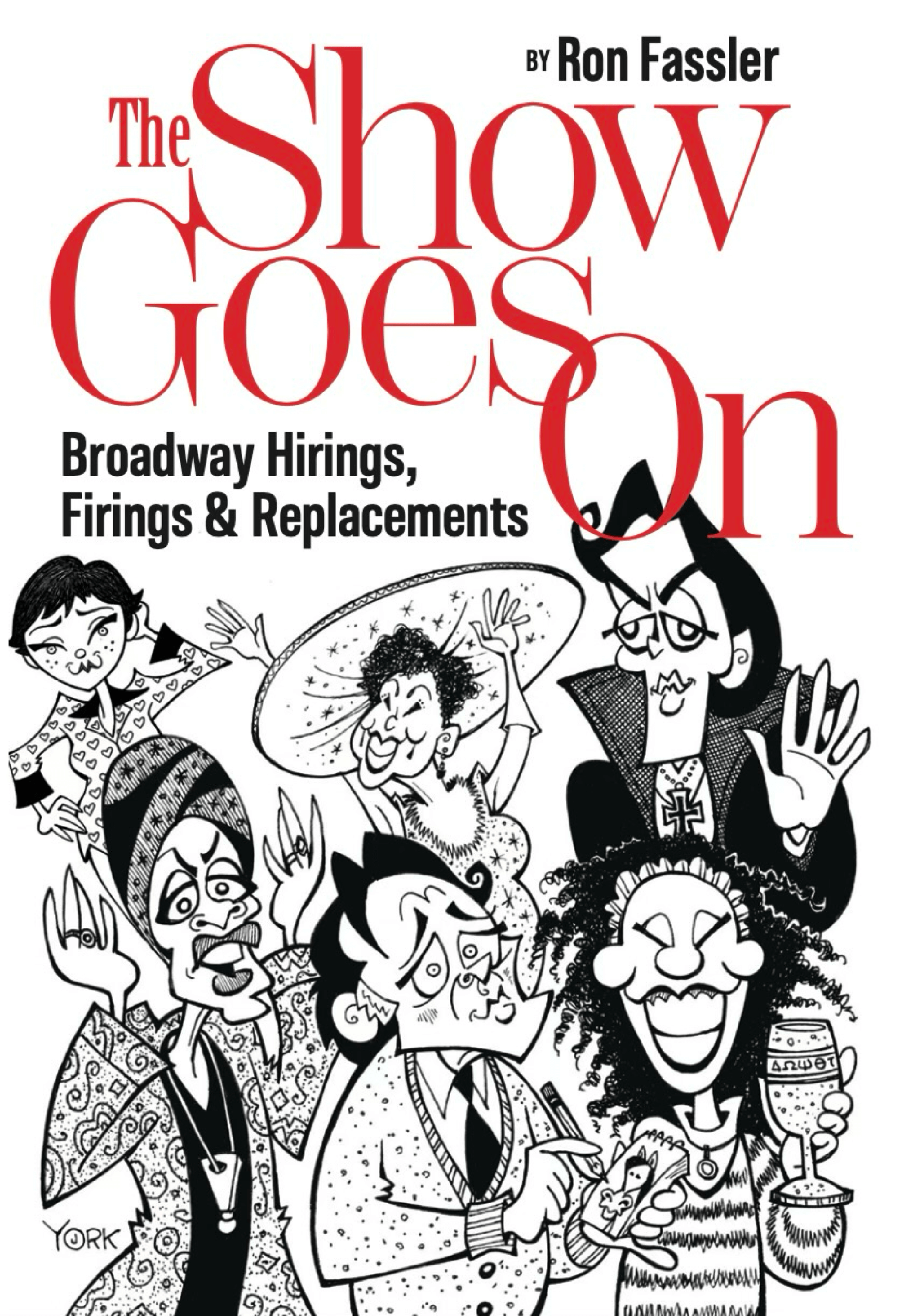

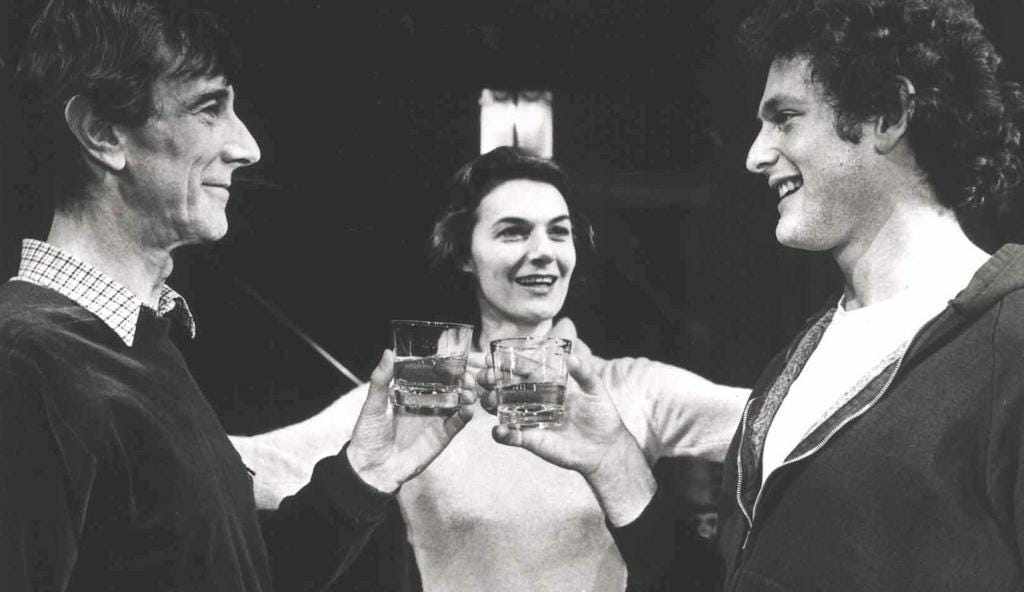





Write a comment ...